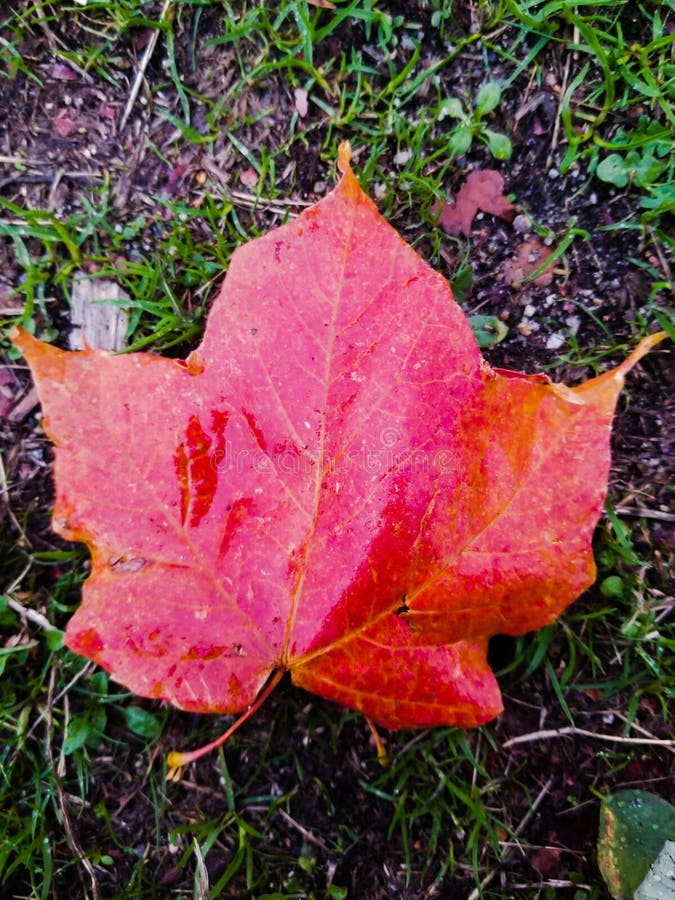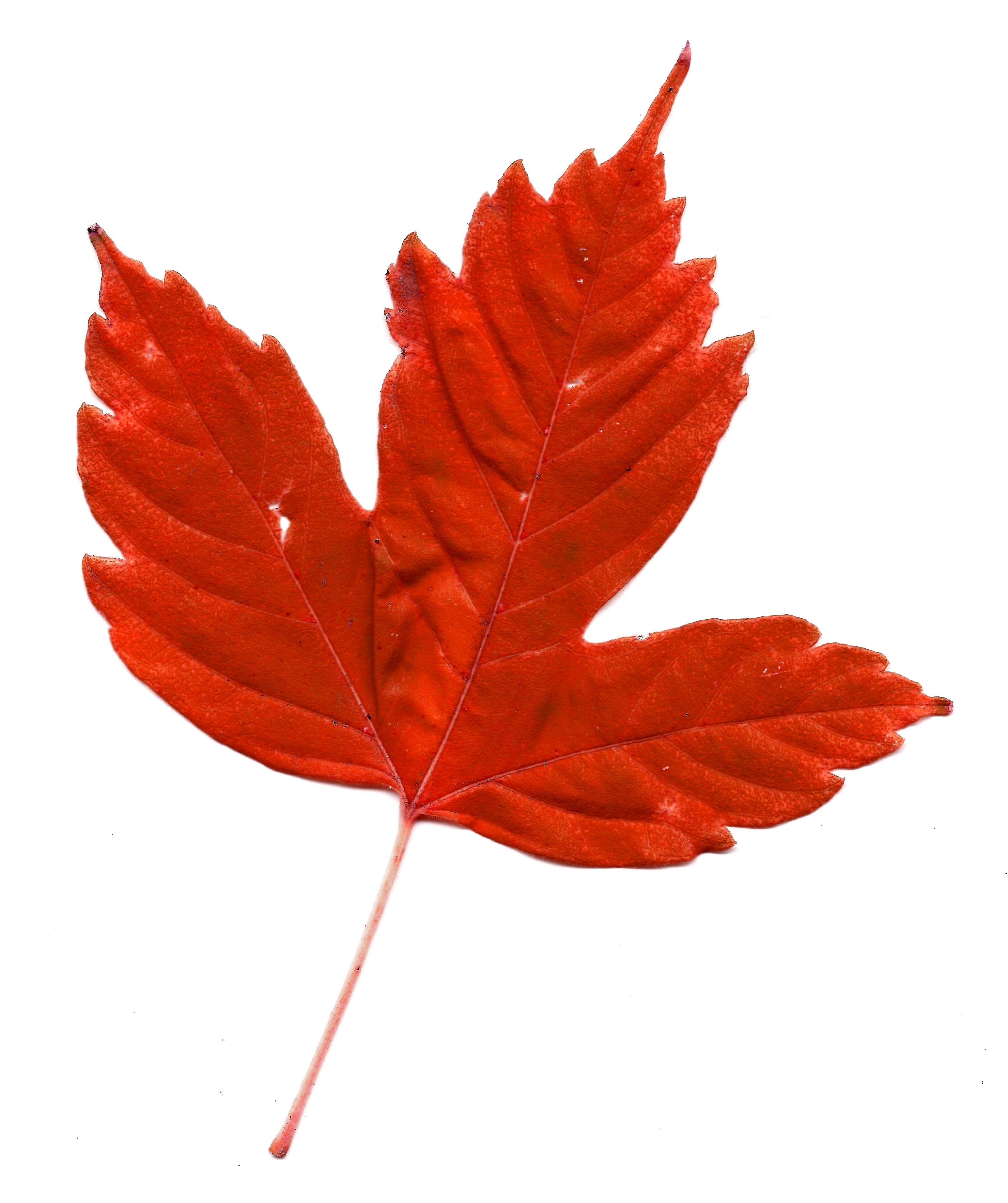
And taking the long view of tree evolution also helps us elucidate which factors may have been most important in the development of red autumn leaves. Patterns of leaf colour across the globe provide us with clues. Another explanation rests on a different sort of protection offered by the anthocyanins: they also act as natural sunscreen in the ageing leaf, and possibly even as an anti-fungal.Įach of these explanations seems perfectly reasonable – but which one provides the real answer? Which quality was selected for in the evolution of trees whose leaves turn orange or red in the autumn? The answer probably lies in a combination of these qualities.Įxploring this question requires us to widen and deepen our search. Or it might thwart potential leaf-eaters in another way: insects keen to munch on leaves may be more obvious to predators when sitting on a red leaf, and more likely to end up as prey. The red colour could also be a warning of the presence of toxins in the leaf. If leaves look dead, or just not green (and by association, young and tender), that could turn off a hungry folivore. Or they could be doing almost the opposite: discouraging potential leaf-eaters. Maybe the red leaves are designed to attract animals which will help the tree disperse its seeds, advertising the ripe fruit on offer. Each leaf preserves an ancient memory of a different world, millions of years ago

But it could also be that the red pigment is somehow adaptive: that red autumn leaves are a product of natural selection, because they perform a function which offers some advantage to the tree. Perhaps it’s simply a change in leaf physiology linked to cooling temperatures. It’s possible that the red pigments are manufactured in the leaf as a side-effect of something else that’s happening at this time. The red is new: it’s being made in the leaf as the days grow shorter.Įvolutionary biologists have long pondered the phenomenon of the changing colours of autumn leaves. In particular, where leaves do become red in autumn, it’s not that the red pigments (anthocyanins, also the colour in blackberries) are simply being unveiled as the green of summer fades. It might be part of the story – and is certainly true of many yellow pigments – but it’s not all of it by any means. See all our tapestry clip frames in our Frames and Accessories category.Autumn’s changing colours in Wiltshire – timelapse video Guardianīut are those colours nothing more than pigments which have been there all along, and which simply become unmasked as emerald chlorophyll breaks down? That would be a very short rabbit hole – and this would have ended up a very short article indeed. Choose a 24" CF249 or CF2412 if you may stitch larger designs in the future. The canvas is attached by sturdy clips along the top and bottom bars and it's easy to remove the clips and put another canvas on the frame should you need to swap projects.įor Autumn Leaves, we recommend an 18" CF189 or any of the larger frames. We stock a great range of British made no-sew tapestry clip frames which take only a few minutes to put together. It also makes it easy to resume stitching the next day or after a break. Printed canvas area: 13.5" x 13.5" (34cm x 34cm)Ī tapestry frame is not essential, but using one will help to prevent your work from going out of shape. Small red bag with colour illustration for reference.NO WOOL, allowing you to create your own colour palette and use up your own yarn.Stitch instructions for half cross and tent stitch.A generous supply of Anchor tapestry wool to stitch the design in half cross or tent stitch.

Each complete kit comes with a large red rope-handled bag with colour illustration for reference.The tapestry grows quickly and you'll soon see real progress as you stitch it, leaf by leaf. Its patchwork style and clear colours make it suitable for any level of stitcher.

Autumn Leaves is a patchwork of oak leaves in warm, autumnal shades.


 0 kommentar(er)
0 kommentar(er)
